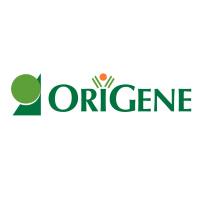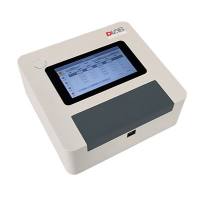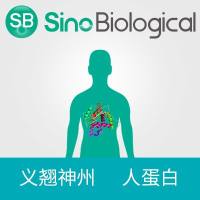Efficient and Accurate Site-Directed Mutagenesis of Large Plasmids
互联网
550
Since the development of the polymerase chain reaction (PCR) technique (1
), its potential use as a tool for site-directed mutagenesis (SDM) has been extensively explored, as illustrated by several
chapters in this volume. In particular, the relative ease with which DNA fragments of 2–3 kb can be generated facilitated
the development of the highly efficient procedure known as “recombination PCR” (RPCR), the principles of which were first
described by Jones and Howard (2
) and were later refined (3,4).
Briefly, in this technique, the entire plasmid, containing the cloned gene of interest, is amplified as two overlapping fragments,
each generated using a primer pair comprising a nonmutagenic primer directed to vector sequence and a mutagenic primer targeting
the mutation site. Following separate amplification of the plasmid in two halves, using both primer sets, the complete plasmid
is regenerated by recombination in vivo following cotransformation of the two fragments into competent recA−
Escherichia coli
cells. Since both DNA strands carry the desired mutation as directed by the mutagenic primers, the recovery of mutant clones
should, in theory, approach 100%, although, in practice, mutant yields, ranging from 50 to 100% have been reported (3
).









